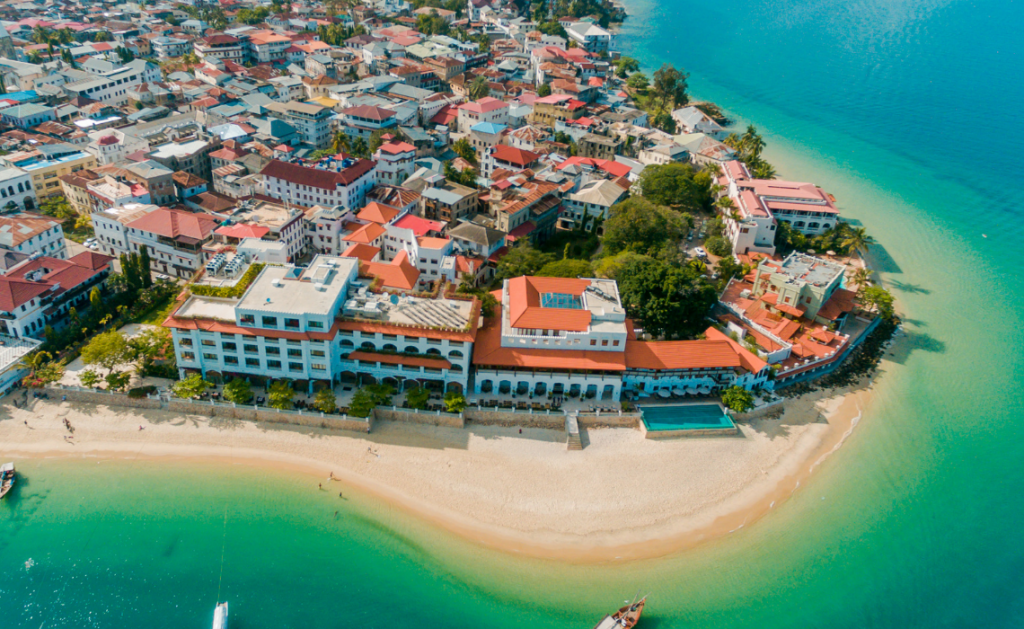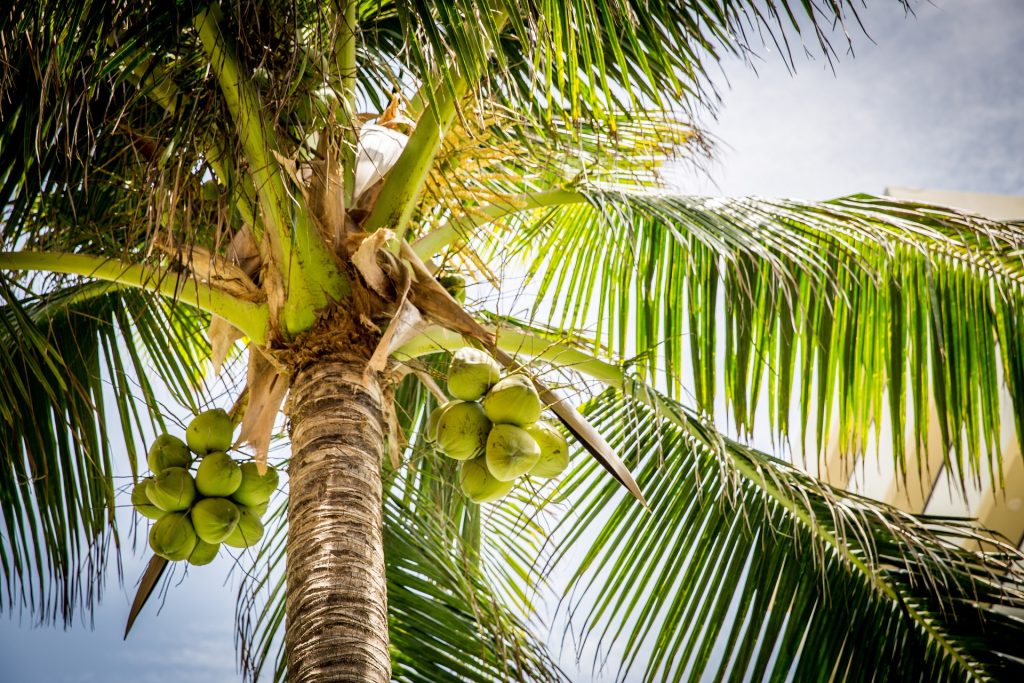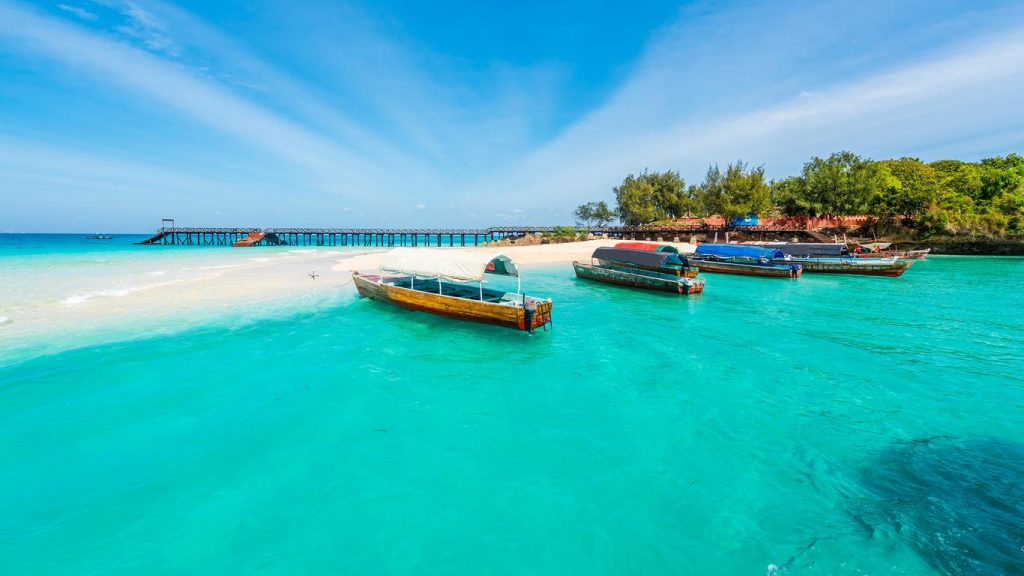Beach Holidays
The coast of Tanzania is perhaps most famous for the Zanzibar Archipelago, a cluster of islands that saw the growth and survival of Swahili civilization and trade until the mid-twentieth century.
Come relax along the coast.
Zanzibar enchants and beguiles with its oriental mystique and forgotten exoticism —
The very name evokes the Spice Islands and the dhow trade, sultans and palaces built of limestone and corals against the palm trees and the crashing surf. But there’s more to the islands of Tanzania than just Zanzibar. Throughout the archipelago, deserted islands and sandbars beckon and abound. Some have slave caves and colonial graves, others have the ruins of sultan’s palaces and stately plantations. In Pemba, villages steeped in culture and traditions which preserve the Swahili way of life, almost oblivious to the world around them. On the islands of Mafia, old trading towns line the walkway to abandoned ports and the gentle sea. Throughout the Swahili Coast, diving, swimming, and snorkeling offer superb vistas of thriving coral and marine life. Whether you’re content to stay on the mainland coast or want to venture off into the atolls and islands of the Indian Ocean, the Tanzanian coast is a place of untouched beauty and enchantment.



Zanzibar
The spice island of Zanzibar with its interesting history influenced by early Arab traders offers beautiful beaches at the Indian Ocean and beach hotels of all standards. Consisting of the main islands Unguja and Pemba as well as of several smaller untouched islands, the Zanzibar Archipelago features gorgeous, palm-fringed white sandy beaches that stretch into the warm turquoise waters and invite visitors to unwind and soak up the sun.
The capital of Zanzibar City with its old historic centre of Stone Town, a UNESCO world heritage site, is situated on Unguja Island and is often referred to simply as Zanzibar. Its eventful history of gruesome slave and exotic trade still shows traces everywhere. Magnificent Sultan’s palaces and grand Arab houses, winding alleys and bustling bazaars give visitors the feeling of being immersed in the world of Sindbad and Alibaba.
Pemba
Pemba is the northernmost island of the archipelago and the smaller, hillier and greener “sister island” of Zanzibar. Pemba enjoys far less attention than the world-famous main island and often even gets forgotten. Therefore the island and its friendly and relaxed people can maintain a quiet and easy-going atmosphere among spice plantations, fruit trees, and the lush tropical vegetation.


Pangani
This town is located at the mouth of the Pangani River that collects its water from Mt Kilimanjaro and Meru to the Indian Ocean. Here you will enjoy coastline with clean beaches where endangered Green Turtles breeds, historic sites, coral reefs, Old Port as well as a great diversity of tropical marine dwellers.
At the point where the massive Pangani River empties itself into the Indian Ocean, a village has grown. The Pangani River passes through the northern side of the town, separating the old buildings and the present-day market from the farms and small houses on the southern side. The river itself requires a ferry to cross, its dark brown waters filled heavily with alluvial silt as it meanders slowly into the ocean. On either side of the little town, coconut palms and sisal plantations undulate towards the horizon.
Once a center of Swahili trade with the African mainland; the town of Pangani is now a sleepy backwater with little memories of days of splendor. The old German administrative boma still stands behind a colonnade of tall shade trees and the former prison, painted a fading ochre red, looks over the river’s lazy waters. Old houses along the main road offer lived-in examples of colonial and traditional Swahili architecture, the buildings slowly crumbling against the monsoon winds. Visitors passing through the area would do well to explore what remains of the old town on foot. Even a short walk rewards visitors with a glimpse of quiet life in the old trading towns along the Swahili Coast.
